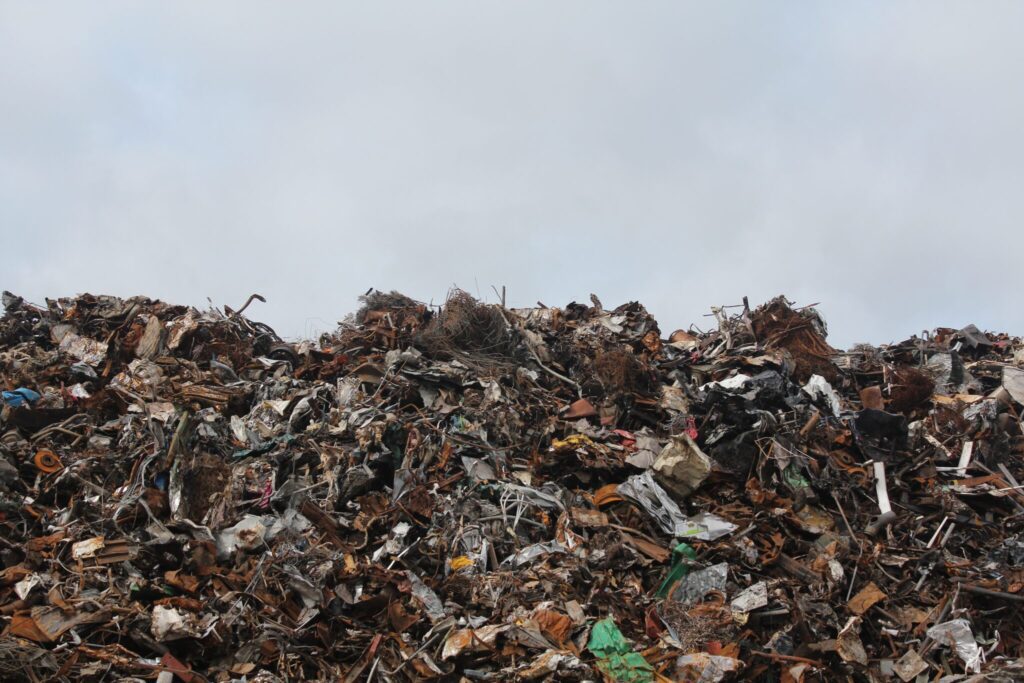“The 40 Million Ton Gold Mine: Unlocking the Potential of Food Waste”
In a world grappling with hunger, environmental degradation, and resource scarcity, an untapped gold mine lies hidden in plain sight: food waste. It’s estimated that approximately 40 million tons of food are wasted in the United States each year, representing a staggering loss of resources, energy, and economic value. However, amidst this challenge lies a remarkable opportunity to unlock the potential of food waste and transform it into a valuable resource for society. Here’s how:
1. Reducing Food Loss and Waste:
The first step in harnessing the potential of food waste is to reduce its generation in the first place. Businesses, households, and policymakers can work together to implement strategies such as improved inventory management, portion control, donation of surplus food to those in need, and consumer education campaigns to raise awareness about the consequences of food waste.
2. Recovery and Redistribution:
Despite best efforts to prevent food waste, some level of surplus or unsold food is inevitable. In these cases, recovery and redistribution initiatives play a crucial role in diverting edible food from landfills and redistributing it to people facing food insecurity. Food banks, shelters, and community organizations can serve as intermediaries to collect, store, and distribute surplus food to those in need.
3. Food Waste Recycling and Composting:
For food waste that cannot be prevented or redistributed, recycling and composting offer sustainable alternatives to landfill disposal. Organic waste can be diverted from landfills and processed through composting or anaerobic digestion facilities to produce nutrient-rich soil amendments, biogas for energy generation, and other valuable byproducts. These initiatives not only reduce greenhouse gas emissions but also contribute to soil health and fertility.
4. Innovation and Technology:
Advancements in technology and innovation are driving new approaches to food waste management and utilization. From mobile applications that connect businesses with surplus food to innovative packaging solutions that extend shelf life, technology can help optimize the food supply chain, minimize waste generation, and maximize resource efficiency.
5. Circular Economy Principles:
Embracing circular economy principles can further enhance the value of food waste as a resource. By closing the loop on organic waste streams and transforming them into new products or inputs for other industries, a circular food system can minimize waste, conserve resources, and create economic value. For example, food waste can be converted into animal feed, biofuels, or biochemicals, contributing to a more sustainable and resilient economy.



